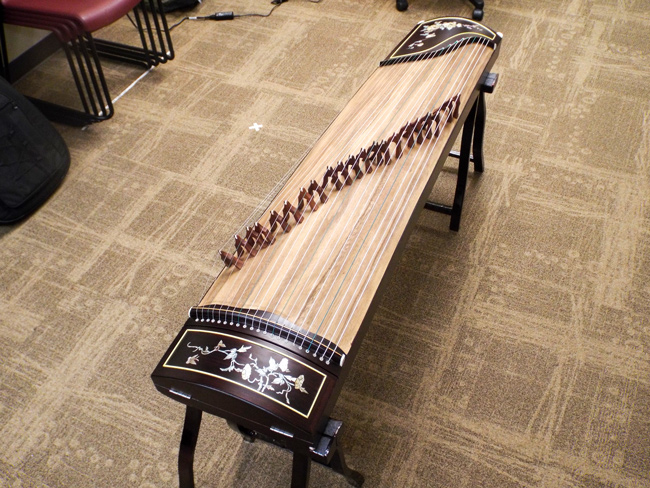

Along with trade, businesses, ideas, philosophies and scientific knowledge were exchanged, including religion (principally Buddhism).ĭuring the 16th century, the Age of Exploration in Europe reached its climax and soon trade was established between China and Europe. The ships from this region bought back precious stones, slaves, exotic wares, fruits, spices, etc. The port at Canton/Guangzhou attracts traders from all over Asia: from Japan, India, Southeast Asia, and the Middle East. The bridge of the yangqin consist of long, single pieces of wood with many protruding "stubs" supporting the strings unlike the santur, which uses a number of small, individual chesspiece-like bridges. Both modern and earlier yangqin mallets did not include finger grips. The mallets of the santur also differ from those of the yangqin – they are made of wood with finger grip, designed to let the players perform by gripping the two mallets between their fore and middle fingers. The yangqin's tuning pins are set in parallel instead of a 90-degree angle down at the side. The technical structure of the santur is different in the way the tuning pegs are place, the bridges and the mallets. If any dulcimer was to influence China by land, it is likely to be this instrument. The Iranian santur, a dulcimer, has existed since ancient times. At a glance, the Silk Route stretches almost 5,000 miles reaching from China to the Middle East, including Iran (Persia).

It was later changed, in 1910, to the character "yang" ( 揚), meaning "acclaimed".Īnother theory of how the yangqin came into contact with the Chinese is through the Silk Road from Mongolia. The "yang" in the earlier version was written with the character 洋, meaning "foreign". The word "yangqin" has historically been written in two different ways, using different Chinese characters for "yang". that it was invented without foreign influence by the Chinese themselves.that it was introduced by sea, through the port of Guangzhou (Canton) or.that the instrument may have been introduced by land, through the Silk Road.

Historians offer several theories to explain how the instrument was introduced to China: Origins A musician playing a yangqin in a Cantonese street band in San Francisco. The yangqin is used both as a solo instrument and in ensembles.
#Chinese string instrument guzheng professional
A professional musician often carries several sets of beaters, each of which draws a slightly different tone from the instrument, much like the drum sticks of Western percussionists. The instrument's strings are struck with two lightweight bamboo beaters (also known as hammers) with rubber tips. Traditional instruments, with three or more courses of bridges, are also still widely in use. The modern yangqin can have as many as five courses of bridges and may be arranged chromatically. Since the 1950s, however, steel alloy strings (in conjunction with copper-wound steel strings for the bass notes) have been used, in order to give the instrument a brighter, and louder tone. The Thai and Cambodian khim are nearly identical in their construction, having been introduced to those nations by southern Chinese musicians. "butterfly zither") played in the traditional silk and bamboo genre from the Shanghai region known as Jiangnan sizhu (江南絲竹), as well as in some Cantonese music and Chaozhou (Teochew) music groups. This form of instrument is still occasionally heard today in the "hudie qin" (蝴蝶琴, lit. The yangqin was traditionally fitted with bronze strings (though older Chinese stringed instruments used silk strings, resulting in their, and the yangqin's, categorisation as a silk, or "si" instrument), which gave the instrument a soft timbre. This instrument had an influence on the Thai classical instrument, known as Khim (ขิม). The instruments are also sometimes known by the names " santoor" and " cymbalom". Hammered dulcimers of various types are now very popular not only in China, but also Eastern Europe, the Middle East, India, Iran, and Pakistan. "foreign zither"), but over time the first character changed to 揚 (also pronounced "yáng"), which means "acclaimed". It used to be written with the characters 洋 琴 (lit. The trapezoidal yangqin ( simplified Chinese: 扬琴 traditional Chinese: 揚琴 pinyin: yángqín Jyutping: joeng4 kam4) is a Chinese hammered dulcimer, likely derived from the Iranian santur or the European dulcimer. ( Learn how and when to remove this template message)

Please help improve this article by adding citations to reliable sources. This article needs additional citations for verification.


 0 kommentar(er)
0 kommentar(er)
